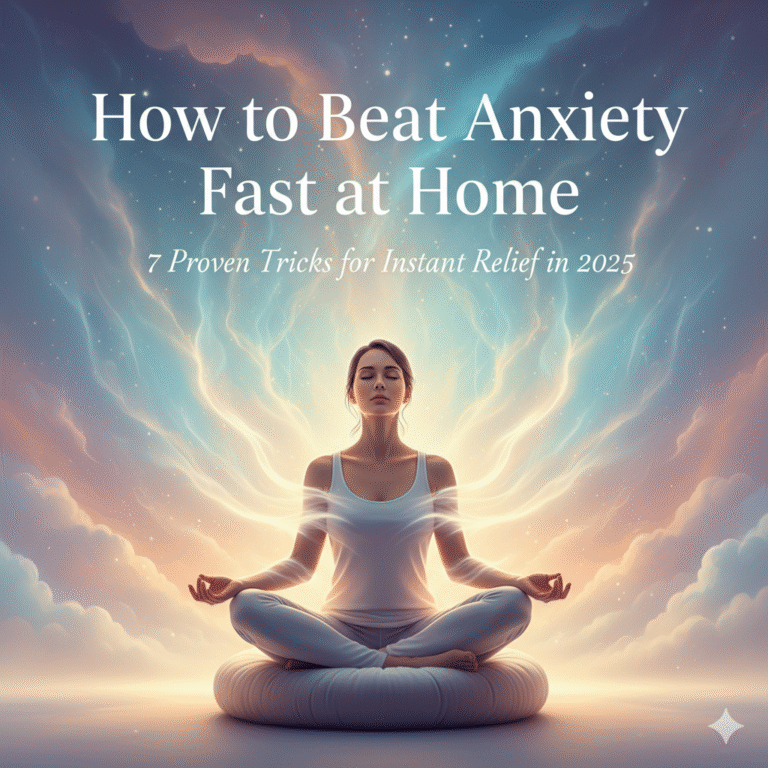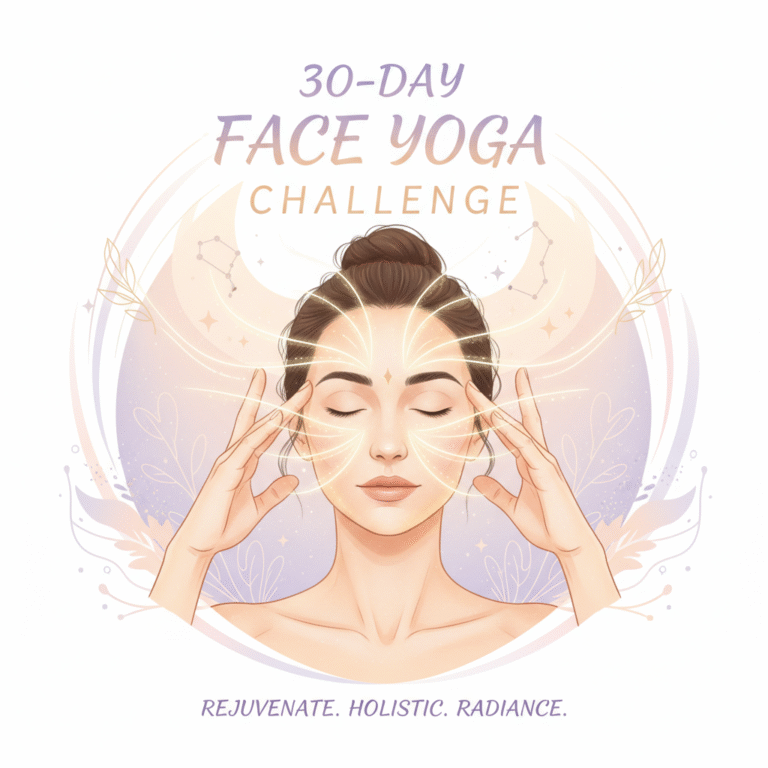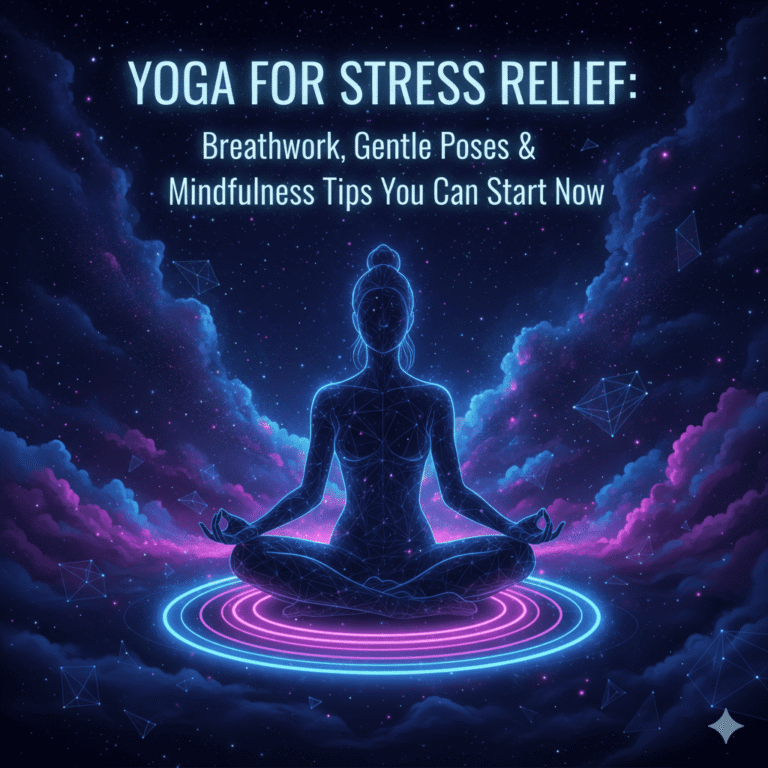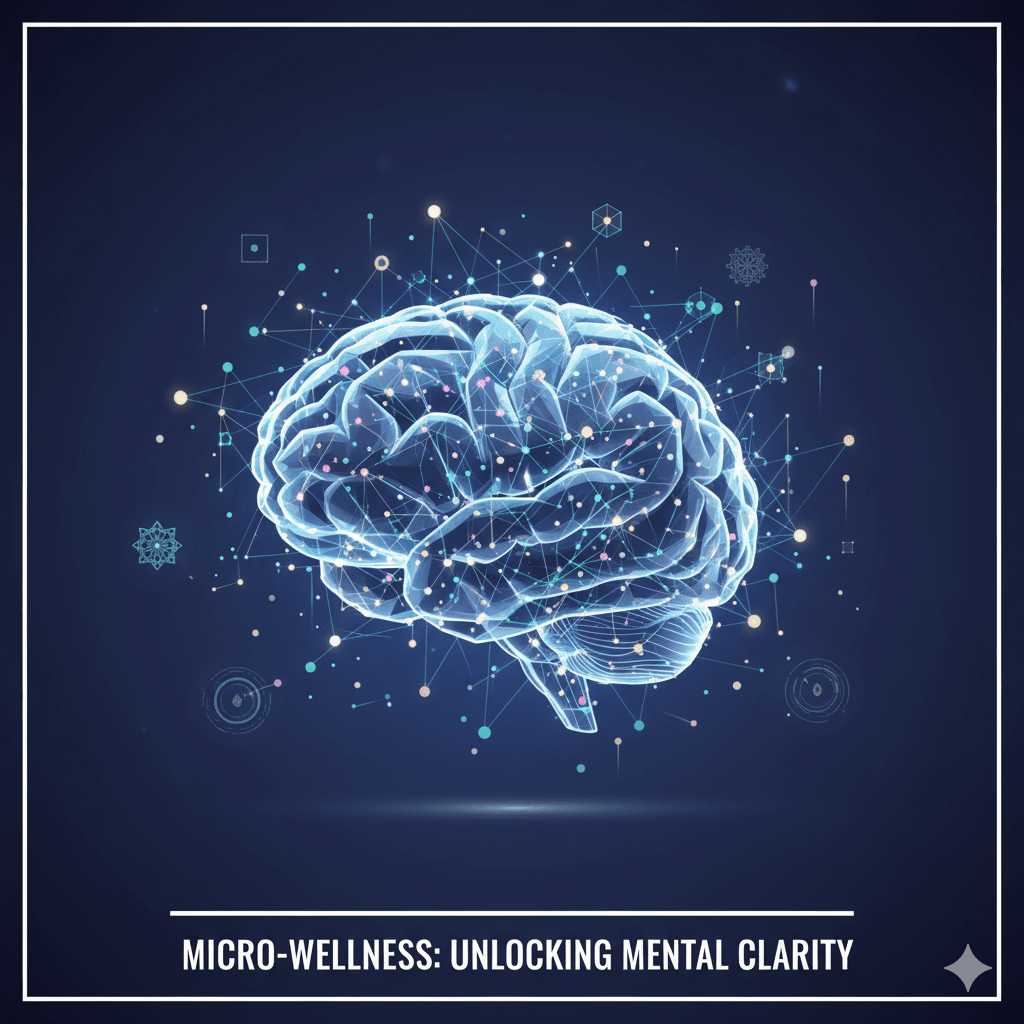
In today’s fast-paced world, people often feel like they don’t have enough time for their own well-being. Schedules are packed, deadlines are constant, and stress feels never-ending. But what if you could give your mind a break without spending hours in therapy, meditation retreats, or yoga classes? That’s the promise of micro wellness — small, bite-sized actions that take just three to five minutes but deliver real results.
These quick interventions are not a replacement for professional treatment, but they work as powerful mental health hacks to manage stress, regulate mood, and create calm in the middle of chaos. As mental health awareness grows in 2025, the world is beginning to recognize that taking care of yourself doesn’t have to mean taking a whole day off. Sometimes, a few mindful minutes are enough.
What Is Micro-Wellness?
The term micro wellness refers to wellness practices that are short, effective, and easy to fit into even the busiest schedule. Instead of committing to hour-long meditation sessions or complex workout plans, micro-wellness focuses on short wellness practices that can be done anywhere.
Whether you’re at work, traveling, or just trying to catch a breath between responsibilities, these small actions can create big changes in how you feel. They are designed for the modern lifestyle — fast, adaptable, and practical.
Why Micro-Wellness Matters in 2025
Mental health challenges are at an all-time high. Anxiety, burnout, and social media fatigue dominate conversations across the globe. At the same time, people are busier than ever and constantly looking for quick mental health tips that fit into their daily routine.
This is where micro-wellness steps in. A three-minute breathing exercise, a 5 minute stress relief meditation, or even a gratitude reflection can reset your mood instantly. These hacks don’t demand much but give back a lot — energy, focus, and peace of mind. In a world where attention spans are short, solutions that work quickly are more valuable than ever.
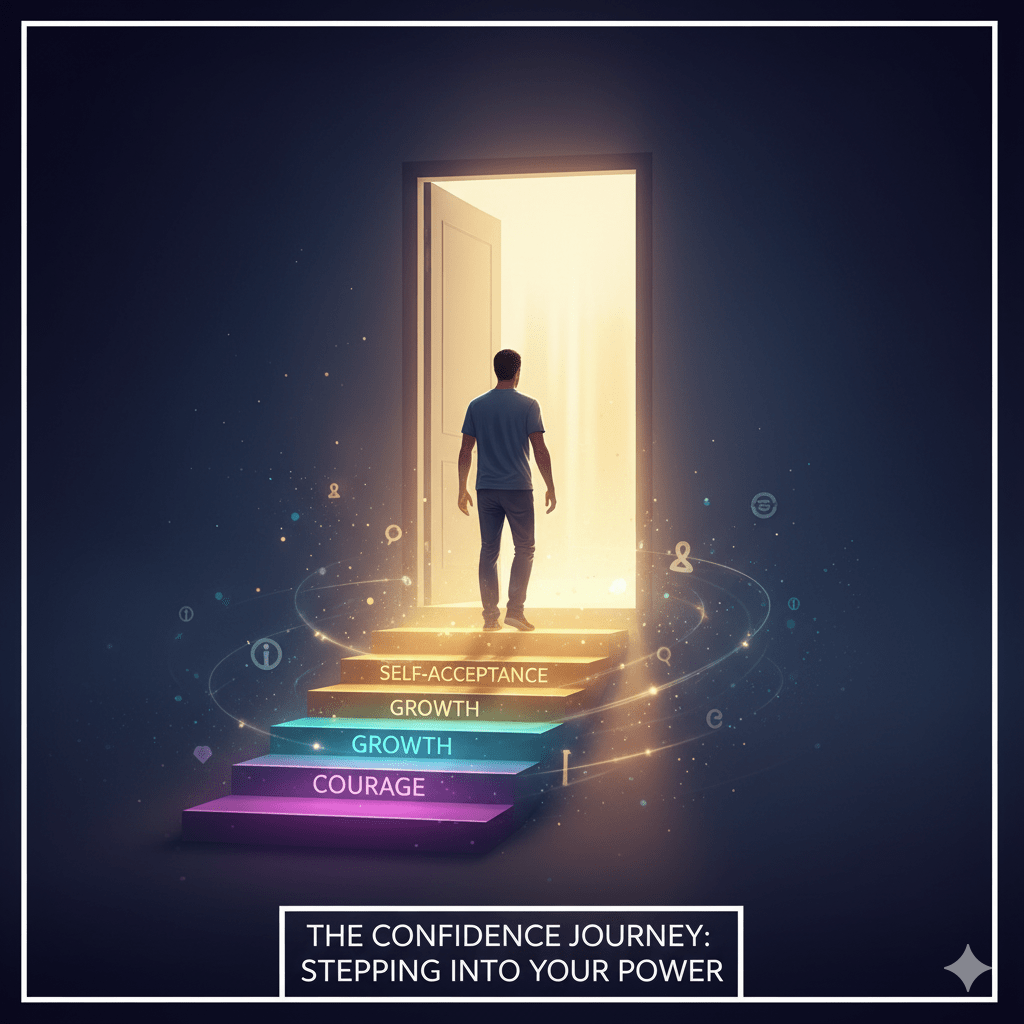
The Science Behind Micro-Wellness
Short practices may seem too small to matter, but psychology and neuroscience say otherwise. When you engage in focused breathing or quick physical movements, your brain and body respond immediately. Stress hormones like cortisol begin to lower, and feel-good chemicals such as endorphins increase.
Even a 3 minute wellness hack has the potential to regulate your nervous system. It interrupts cycles of overthinking, calms anxiety, and allows you to feel more in control. Over time, these small habits build resilience, much like compound interest. You may not notice the impact right away, but consistent effort pays off.
5 Key Benefits of Micro-Wellness
Here’s a quick look at why these small practices are so effective:
- They are fast and convenient, requiring little to no equipment.
- They lower stress almost instantly by resetting the nervous system.
- They improve focus and mood, boosting productivity in just minutes.
- They fit into any lifestyle, from students to professionals to parents.
- They build resilience over time, helping you cope with larger challenges.
Simple Hacks That Actually Work
Let’s explore a few examples of micro-wellness in action. Imagine this: you’re sitting at your desk before a big presentation, and stress is mounting. Instead of pushing through, you take a moment to close your eyes and try box breathing — inhaling for four counts, holding for four, exhaling for four, and holding again. Within minutes, your body begins to relax, your mind sharpens, and you feel more prepared.
Another example: you’re overwhelmed with negative thoughts. Instead of scrolling social media endlessly, you stop and quickly list three things you are grateful for. This instant mood booster pulls your focus away from anxiety and back toward positivity.
These aren’t just trendy wellness ideas. They are backed by evidence, easy to learn, and effective. Millions of people are already practicing them in workplaces, schools, and homes.
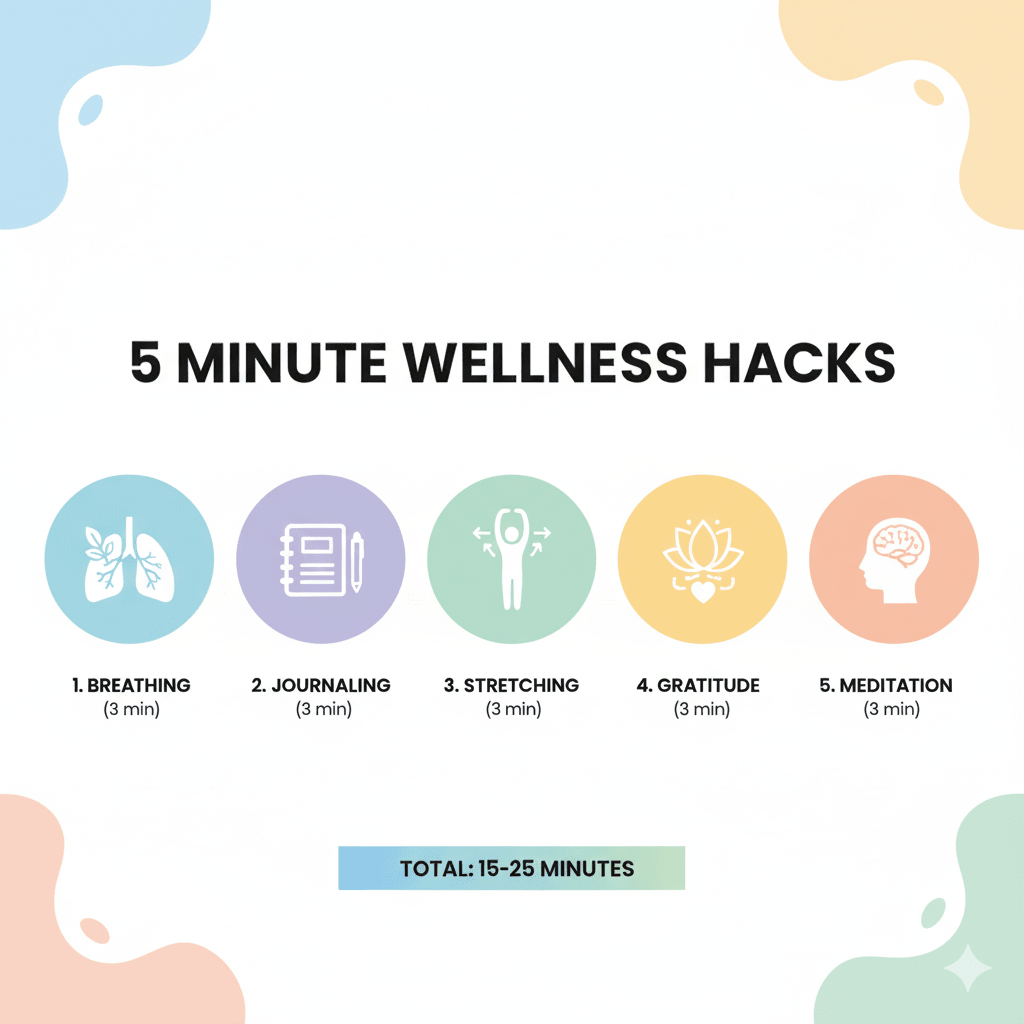
Building a Micro-Wellness Routine
The beauty of mental wellness in minutes is that you don’t need to wait for the right time. You can build a routine that works around your day. For instance, use the morning for short stretching or mindfulness, a midday break for journaling, and the evening for gratitude reflection.
Unlike rigid programs, this flexible approach keeps things simple. Consistency matters more than duration. A few minutes, repeated daily, create momentum and long-term benefits. Even when life feels overwhelming, these hacks can act as anchors.
Workplace Wellness and Productivity
One of the most important areas where micro-wellness shines is the workplace. Employees under constant pressure often seek workplace wellness tips that don’t disrupt their schedule. Taking just three minutes to step outside for fresh air, stretch, or practice grounding exercises can prevent burnout and improve focus.
Companies are beginning to recognize that encouraging short wellness practices improves not just mental health but also performance. Happier, calmer employees are more productive, creative, and resilient.
Combining Micro-Wellness with Technology
Another reason micro-wellness is gaining popularity in 2025 is technology. Countless apps now offer quick stress relief techniques like guided breathing or mini mindfulness practices. Smartwatches remind users to take breaks, while virtual platforms provide 3-minute meditation sessions.
This accessibility makes wellness less intimidating. You don’t need an expert to start; you just need a willingness to pause and try.
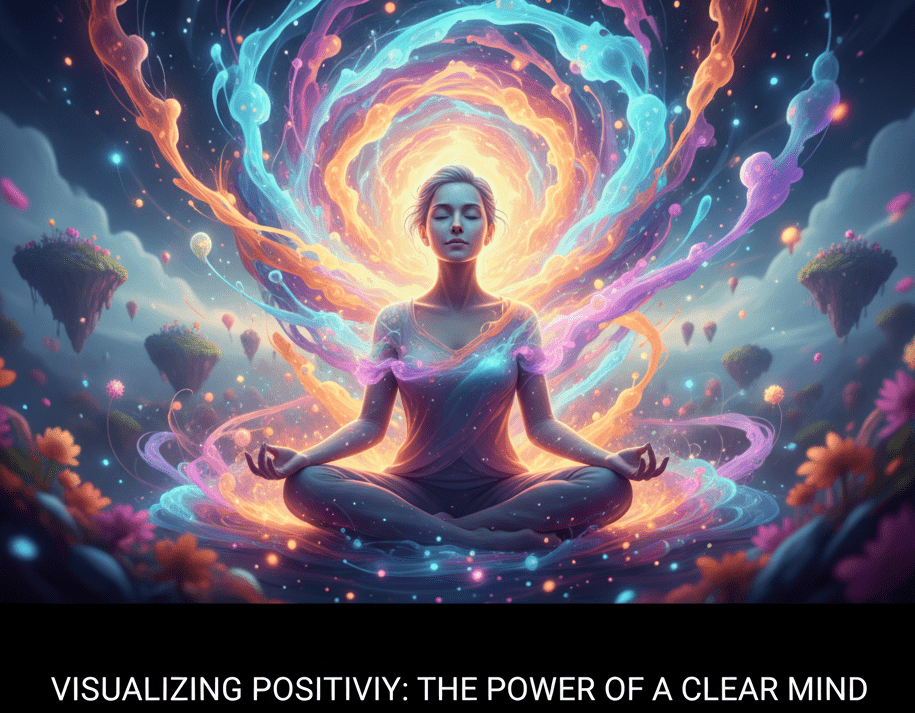
Common Myths About Micro-Wellness
Some people doubt whether such short practices can have an impact. They think “if it’s not an hour, it won’t help.” But research continues to prove otherwise. Short practices are not meant to replace therapy, but they do provide effective mental health self care strategies.
Another myth is that these hacks are only for beginners. In reality, even advanced meditators and athletes use fast relaxation methods in between longer sessions. Micro-wellness is for everyone — from busy professionals to parents to students.
Staying Consistent with Micro-Wellness
The challenge is not learning these hacks but sticking with them. To make micro-wellness a permanent part of your life, connect it to existing habits. For example, every time you make coffee, practice gratitude. Every time you shut down your laptop, do a short stretch.
By stacking these actions onto things you already do, you’ll naturally remember them. Over time, they stop feeling like tasks and start becoming part of your identity.
The Global Rise of Micro-Wellness
Around the world, people are embracing wellness trends 2025 that focus on accessibility and results. From Tokyo to New York, individuals are realizing that wellness doesn’t have to mean expensive gyms or time-consuming retreats. It can be as simple as pausing, breathing, and centering yourself for a few minutes.
With growing digital distractions, this approach feels refreshing. It’s not about escaping life but about creating balance within it.

Final Thoughts
The world today demands a lot from us, and it’s easy to feel like there’s no time left for self-care. But micro-wellness proves otherwise. Through 3 minute wellness hacks, daily stress relief hacks, and instant mood boosters, you can protect your mental well-being without turning your life upside down.
Whether you are a student, a parent, or a professional, there is always space for three minutes of peace. Start today with one small hack, stay consistent, and watch how it transforms your resilience, clarity, and happiness.
Micro-wellness is more than a trend. It’s a lifestyle shift that shows we don’t need hours to care for ourselves — just the willingness to pause and breathe.
How can I practice micro-wellness at work?
Simple practices like 3-minute breathing exercises, short stretches, or a gratitude reflection can be done at your desk without disrupting your schedule.
Can micro-wellness replace professional therapy?
No, micro-wellness is not a replacement for professional treatment, but it is an effective self-care strategy to manage stress and maintain mental well-being.
What are the benefits of micro-wellness?
Micro-wellness reduces stress, improves mood, boosts focus, builds resilience, and fits easily into any lifestyle, whether at home, work, or on the go.
How do I stay consistent with micro-wellness?
Connect micro-wellness practices to daily habits, like journaling while drinking coffee or stretching after shutting down your laptop. Consistency matters more than duration.


